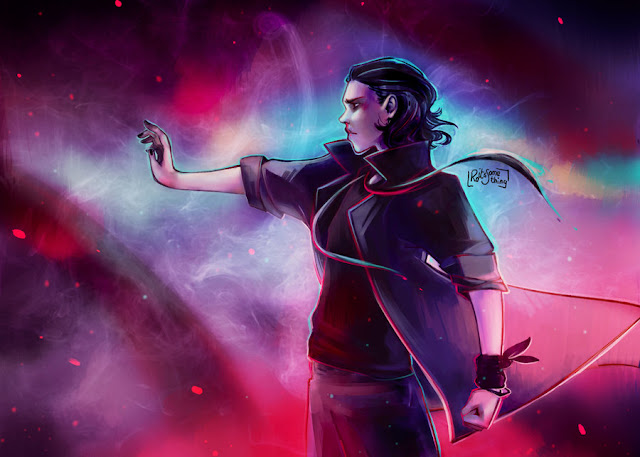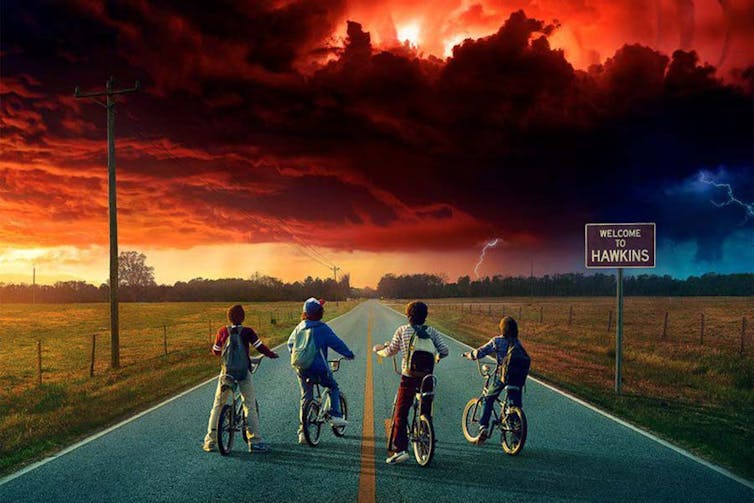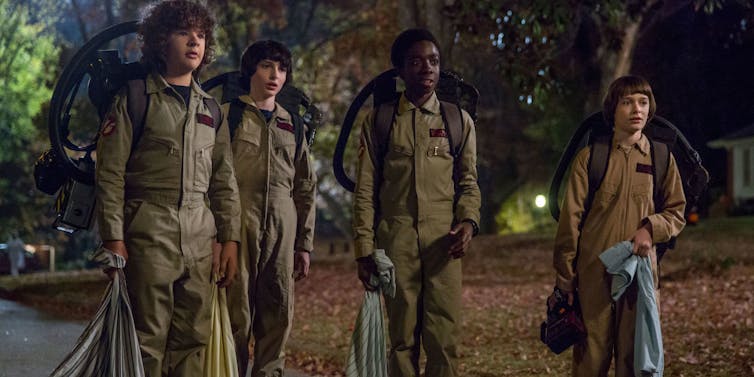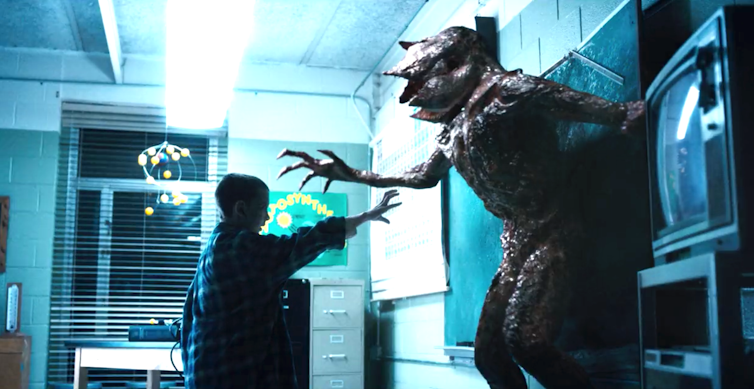 |
| "The Walking Dead" ((C) AMC Network Entertainment LLC. All Rights Reserved) |
They're not only challenged with surviving the zombies, referred to as "walkers", but also other survivor groups who oppose them. Oftentimes, these opposing survivor groups prove to be more lethal than the walkers, resulting in Rick and his survivor groups to turn to any means necessary to ensure their safety and survival.
⏩ Since its premiere in 2010, the series has had one of the largest viewership of modern day TV shows and has received extremely positive reviews from fans and critics. It has also been nominated for several awards including the Golden Globe for Best Television Series and Best New Series from the Writers Guild of America.
Marking from the season 8 mid-season premiere, there has been a death toll of over 250 characters across the span of the show. These include both side characters and supporting characters. It could be a lot to keep up with, especially for those who might just be getting into the show.
Here's a quick list of the important characters that are left walking and those that are dead for the mid-season of season 8:
➧ Who's Walking?
1. Rick Grimes - It's hard to imagine The Walking Dead without its main lead character and everybody' favorite deputy, Rick. He's survived a lot including being stabbed and shot, proving that he's definitely a tough one to take down.
2. Daryl Dixon - This archer and tracker is a definite fan favorite. His death would mean chaos in The Walking Dead community and for good reason too. Daryl has survived many dangerous situations and fans hope he keeps doing so.
3. Morgan Jones - Morgan, who reappeared in season 3, joined the survivors in the fifth season. The last known survivor of the Jones family, this former soldier proved to be a helpful ally and friend to both Rick and Daryl.
4. Carol Peletier - Also the last surviving member of her family, Carol has grown from a housewife to a killer weapon-wielding survivor. A very close ally of Daryl and advisor of Rick, Carol's strength and survival instincts help keep her and people around her alive.
5. Maggie Rhee - Hershel's only daughter Maggie and widow of Glenn, Maggie has risen to become one of the strongest leaders in The Walking Dead. She is currently the leader of the Hilltop Colony and co-leads the Militia along with Rick, Ezekiel, and Cyndie.
6. Michonne - Sword-wielding fighter Michonne has become Rick's right-hand woman. After the death of her boyfriend and toddler, Michonne has proven to be a valuable ally who won't go down without a fight.
Other side characters still alive and kicking include Tara Chambler, Eugene Porter, Rosita, Gabriel Stokes, Aaron, Jesus, Enid, Dwight and King Ezekiel. Opposing Rick's group, Gregory, Simon, Jadis, and Negan are still kicking as well.
 |
| A Walking Dead walker. (Image via LoupDargent.info) |
While the death count of The Walking Dead is astronomical for any TV show, here are some of the most recent and central deaths in the show from mid-season 8. For those who have not yet caught up with the mid-season finale, this is a huge spoiler warning.
1. Morales - It was revealed he former member of Rick's group was taken in by the Saviors and converted into one of them when he holds Rick at gunpoint in season 8's second episode. Unfortunately, he finds his death at the hands of Daryl's crossbow.
2. Eric Raleigh - In a heartbreaking death during the attack on the Saviors, Aaron's boyfriend found himself shot in the abdomen. Sadly, Aaron was unable to save him, making Eric one of the earliest deaths in season 8.
3. The Saviors - The losses on the Saviors' side were heavy this season, being the target of the walkers, Alexandria, Hilltop, and the Kingdom. While not wiped out, a good number of them have definitely been killed.
4. Gunther - Killed by Jerry's Ax, Gunther was eventually executed while trying to bring Ezekiel back to the Sanctuary.
5. Shiva - Loyal pet to Ezekiel, Shiva proved her loyalty by protecting the King from a horde of walkers. Unfortunately, the tiger failed to escape them.
6. Carl - Arguably one of the most shocking and important deaths of not only season 8, but of the series as a whole, the death of Rick's son shook the entire Walking Dead fan base. Carl, who fans have watched since the series premiere, has been a mainstay until he was bitten by a walker in the eighth season.
SOURCE: FOX+
"The Walking Dead" Season 8 - Trailer:
More Zombies Related Stories
More Zombies Related Stories
 |
| For more zombies related stories, click here... |






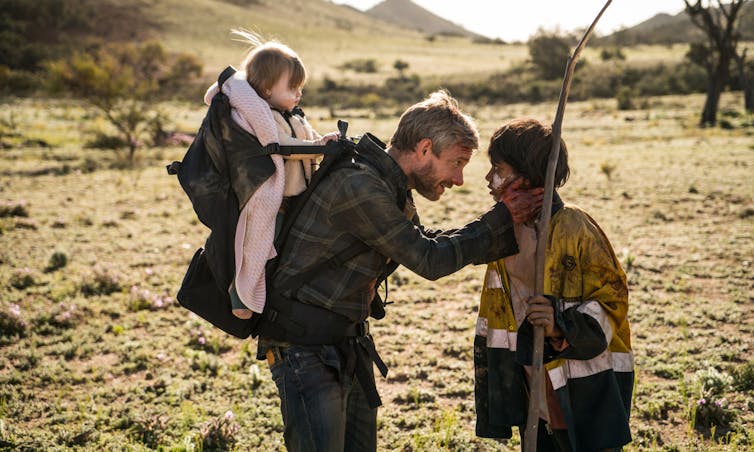
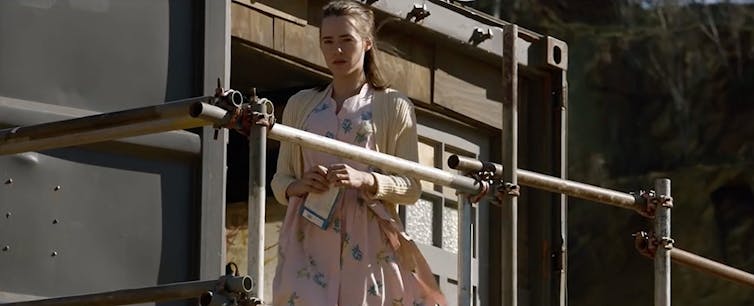
 Cargo is worth watching, particularly for fans of horror cinema, but its aesthetic will be best served, I suspect, by the small screen.
Cargo is worth watching, particularly for fans of horror cinema, but its aesthetic will be best served, I suspect, by the small screen.









